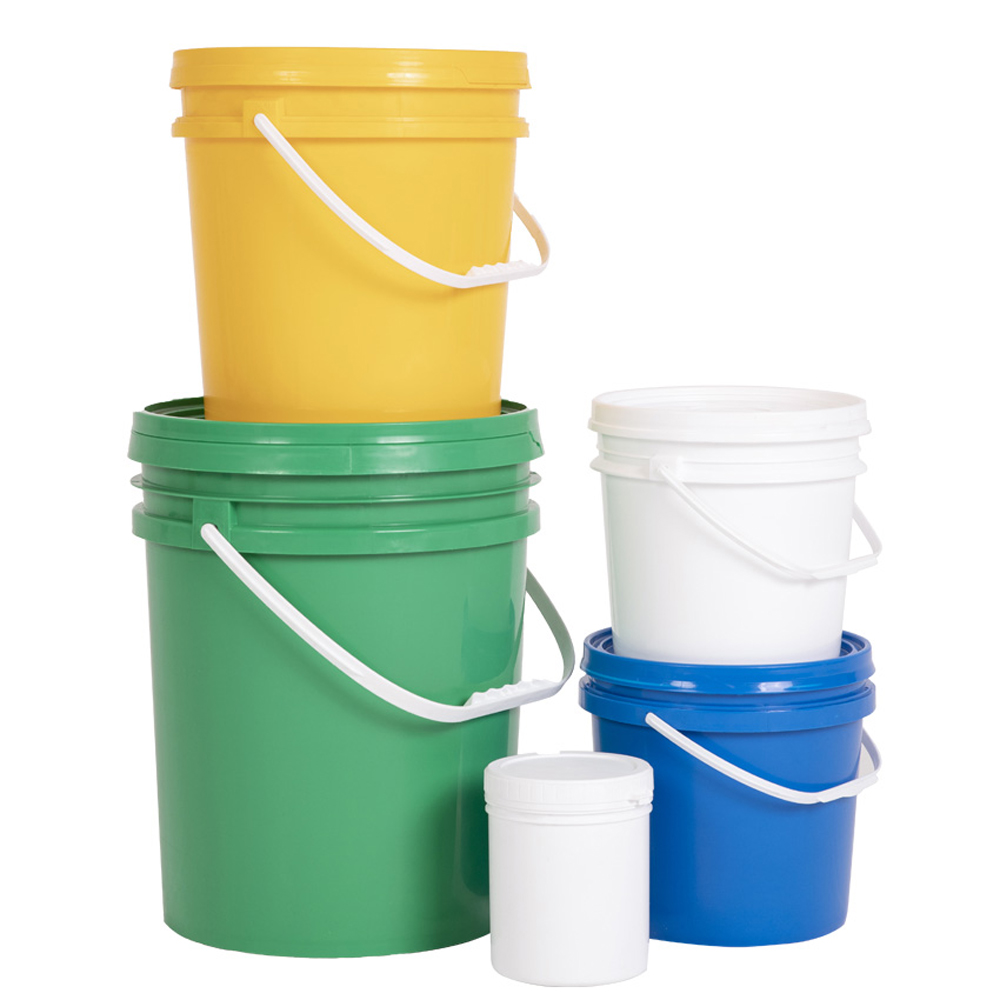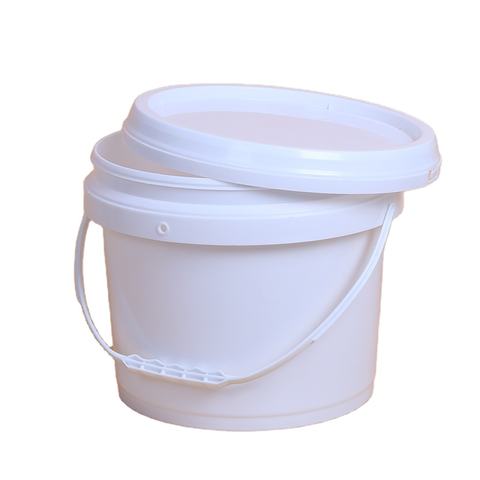
Lorem ipsum dolor sit amet, consectetur adipiscing elit, sed do eiusmod Lorem ipsum dolor sit amet consectetur adipiscing elit, sed do eiusmod lorem ipsum

Comprehensive Overview of Toilet Plastic Buckets: Advantages and Disadvantages
Home Table of Contents Introduction Toilet plastic buckets, particularly those made from food-grade polypropylene, offer significant benefits in the context

Production Efficiency: Healthcare Container Standards
Home Table of Contents Introduction In the fast-evolving world of healthcare, the demand for efficient and reliable packaging solutions has

Natural Plastic Bucket Cleaning Tips: Effective and Eco-Friendly Solutions
Home Table of Contents Summary Maintaining the cleanliness of natural plastic buckets is essential for their longevity and functionality, especially












